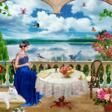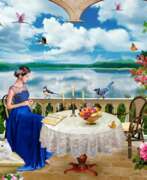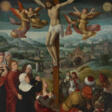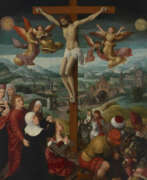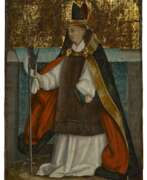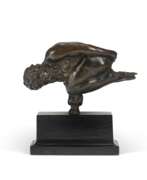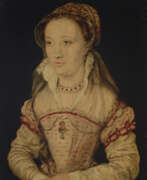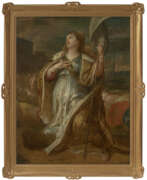High Renaissance
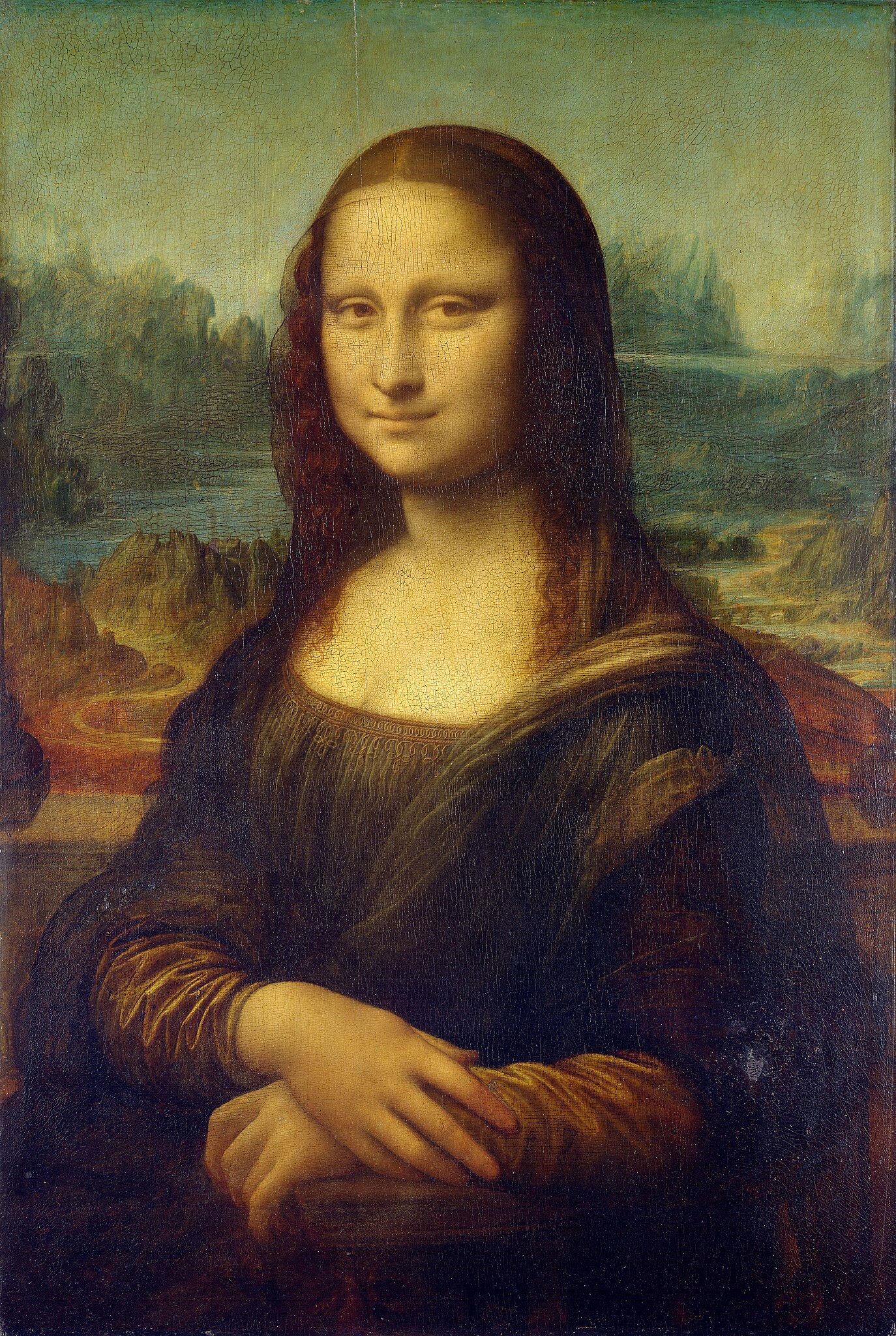
High Renaissance
The High Renaissance, a term that denotes the zenith of artistic achievement during the Italian Renaissance, spanned from the early 1490s to around 1527. Centered mainly in Rome and Florence, this period is celebrated for its groundbreaking advancements in painting, sculpture, and architecture, profoundly influencing Western art history.
This era's artistic landscape was dominated by three monumental figures: Leonardo da Vinci, Michelangelo, and Raphael. Each artist embodied distinct aspects of the period: Leonardo da Vinci, the quintessential Renaissance man, was known for his extensive research into anatomy, flight, and botany, which influenced his limited but iconic body of work, including the "Mona Lisa" and "The Last Supper". Michelangelo, recognized for his exceptional understanding of human anatomy, created masterpieces like the "Pietà" and "David," as well as the Sistine Chapel's ceiling fresco, melding anatomical precision with expressive power. Raphael's works, like "The School of Athens," are celebrated for their Classical spirit, marked by harmony and serenity, showcasing a masterful balance of composition and perspective.
High Renaissance art is characterized by the use of linear perspective, chiaroscuro (contrast between light and dark), and sfumato (a technique of softening transitions between colors). These techniques contributed to a more realistic and harmonious representation in artworks. The era also witnessed a shift in themes, with a stronger focus on humanist concepts and the beauty of the human form, while still often depicting religious subjects.
The High Renaissance's architectural feats, represented by artists like Donato Bramante, integrated classical styles into designs that were harmonious and proportionate. Bramante's Tempietto, for example, is a prime example of High Renaissance architecture, blending classical elements in a compact, harmonious form.
This era's art represented a balance and reconciliation of contrasting artistic positions like ideal versus real and movement versus rest. The artistic achievements of the High Renaissance, although profoundly influenced by their classical predecessors, were unique in their approach and execution, laying the groundwork for subsequent artistic movements and continuing to inspire generations of artists and art enthusiasts.
For those interested in staying informed about sales and auction events related to High Renaissance art, signing up for updates is highly recommended. This subscription will ensure you are always in the know about the latest happenings in this rich and influential field of art history.
| Country: | Europe, Italy |
|---|---|
| Start of the period: | 1490 |
| End of the period: | 1527 |
